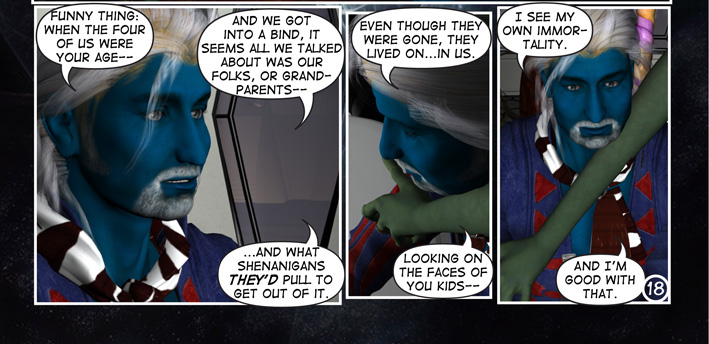
[I found this great article by James Hull this morning about teaching heroes versus learning heroes. After recently wrapping up A Deviant Mind #18, Sword of Myth, I could see exactly how this article applies in my own series. Read on and learn from this, and enjoy the graphics from my series illustrating each point as an example. --Pam Harrison]
Article by James Hull
The latest trend in Hero worship differentiates between central characters that educate and central characters that are educated. While accurate in certain contexts, digging deeper into story structure one can see that there is an important distinction to be made.
When taken as a whole, it seems as if there are two major categories of Heroes. On the one side you have those that transform while on the other you have those that are transformative. Heroes that learn and heroes that teach. But for a concept of story structure to prove useful to writers it must apply to all stories, regardless of genre or setting.
The learning/teaching concept works fine for “teaching” characters like William Wallace in Braveheart or Hogarth in The Iron Giant, but what about Clarice Starling in The Silence of the Lambs or Jake Gittes in Chinatown? All four characters manage to transform those around them, but can one say that Clarice was a “teaching Hero” to Hannibal Lecter? And in the case of Jake, how can he possibly be responsible for educating others when he doesn’t even have a clue himself?
Stories are Less About Teaching and More About Solving Problems
The mistaken assumption lies in the thought that stories are about characters developing by gaining or passing on knowledge. Luke may have learned to trust his feelings in Star Wars and Kirk may have taught those around him to rebel against authority in Star Trek, but to what end? Would it be accurate to suggest that this new knowledge came as a result of trying to solve a problem?
In Star Wars, Luke had a problem with testing himself, he solved those problems by trusting his feelings. In Star Trek, it was Spock who created problems with his tendency to lash out uncontrollably when confronted with his own unique heritage. Kirk’s drive to oppose those who stood in his way helped solve Spock’s problems by encouraging the confused Vulcan to employ a little control.
When viewed in this light, both films can be seen as efficient and popular models of effective problem solving. Thinking in terms of learning or teaching confuses the issue with the subjective interpretations of the audience. In other words, it becomes less of an effective tool for writers trying to create a story.
Protagonists who Teach, Main Characters who Learn
In addition, there are times when it seems like Heroes could be both learners and teachers. Amelie (in the aptly titled Amelie) could be seen as a teaching Hero. Her gentle manipulations of those in her social circle result in the majority of them re-evaluating their situation in life, each finding a relative sense of harmony. Yet she also learns to re-evaluate her own anti-social behavior through her relationship with Mr. Glass.
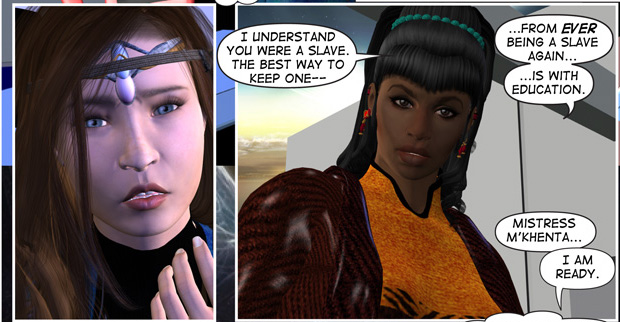
Is Amelie a teaching Hero or a learning Hero?
One could say both, but in doing would diminish the usefulness of such categorizing. The problem is that Amelie is both Protagonist and Main Character. When looking at her in terms of her objective role as a Protagonist she can be seen as a “teacher.” When viewing her in terms of her subjective role as Main Character she can be seen as a “learner.” And while it is clear that the Protagonist is not always the Main Character, in these situations when it is, the idea of splitting Heroes into learners or teachers becomes less beneficial.
 One Changes While the Other Stands Their Ground
One Changes While the Other Stands Their Ground
Within a complete story, two approaches towards solving the problem at hand are presented: one by the central character of the piece (often referred to as the Hero, but more accurately as the Main Character) and the other by another character who develops a significant relationship with the first. Both approaches to problem-solving battle it out act by act until the end when one changes to adopt the other’s paradigm. This is what is going on when people refer to the “arc” of a character.
Whether this shift was the right thing to do or the correct approach for success is covered in detail in the series on Meaningful Endings, but suffice it to say that the answers to these questions contain the Author’s Proof or message of the piece. Instead of determining whether the Hero/Main Character has learned or taught something, this final stage of character development helps to support the Author’s position. Stories are less about characters learning something, and more about an Author trying to argue the efficacy of a particular approach.
A Matter of Resolve
Instead of looking at Heroes as either teaching or learning, it is far more accurate to look at them in terms of their final resolve. Do they change and adopt a new way of approaching problems or do they stand their ground and forge ahead? If they do maintain their approach, it will be that other significant character they developed a relationship with that will change. This is how an argument is made through narrative fiction.
Suddenly, films that don’t quite fit the learning/teaching paradigm make sense. In Winter’s Bone, did Ree (Jennifer Lawrence) teach anybody anything? No. But she did stand her ground in her efforts to find her missing father, and in doing managed to influence her uncle Teardrop (John Hawkes) to change his approach. In Amadeus, did Salieri teach those around him? Of course not. He set to destroy Mozart and saw those efforts to the end. In that tragedy it was Mozart who changed his approach, working himself to his own early grave.
 Developing a Story With Accuracy
Developing a Story With Accuracy
Thinking in terms of a learning Hero or a teaching Hero isn’t necessarily wrong. In some contexts (family films) this approach could be considered helpful. But in the final analysis of all stories, regardless of genre or intended audience, thinking in terms of the Main Character’s final resolve grants greater accuracy. This concept of story structure applies to any story or piece of fiction that wishes to transmit some deeper meaning.
Find more information on how to improve your writing here!
WritersDigestShop.com
Order a 2014 Market Book from Writer's Digest Shop by 3/31 and receive free shipping on your entire order
Advanced Story Theory for this Article
The learning Hero is always a Change Main Character. The teaching Hero is always a Steadfast Main Character. When people speak of teaching or learning Heroes what they are really referring to is the Main Character’s Resolve.
The problem is that the converse is not always true. Change Main Characters do not always learn something (Ed Exley in L.A. Confidential, William Munny in Unforgiven). And Steadfast Main Characters do not always teach (Randy the Ram in The Wrestler, Mr. Incredible in The Incredibles). As usual, the objectivity of Dramatica encompasses all fiction and provides a solid touch point from which to build a story.
Read more articles on how to build your storytelling skills here.








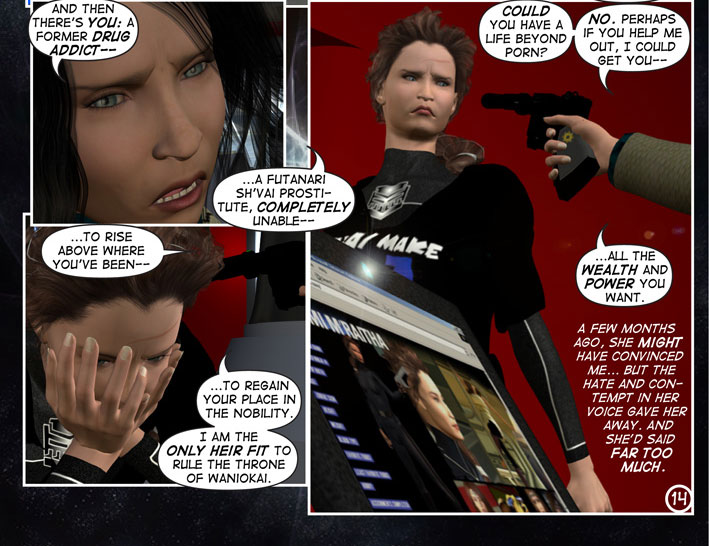
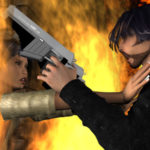


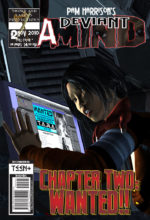
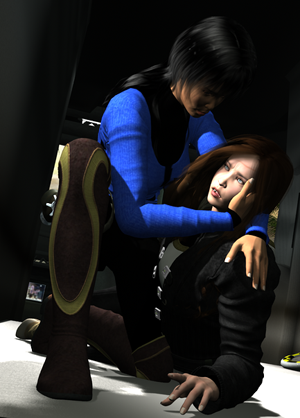
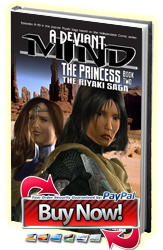
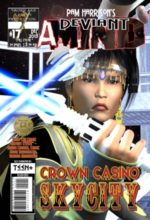
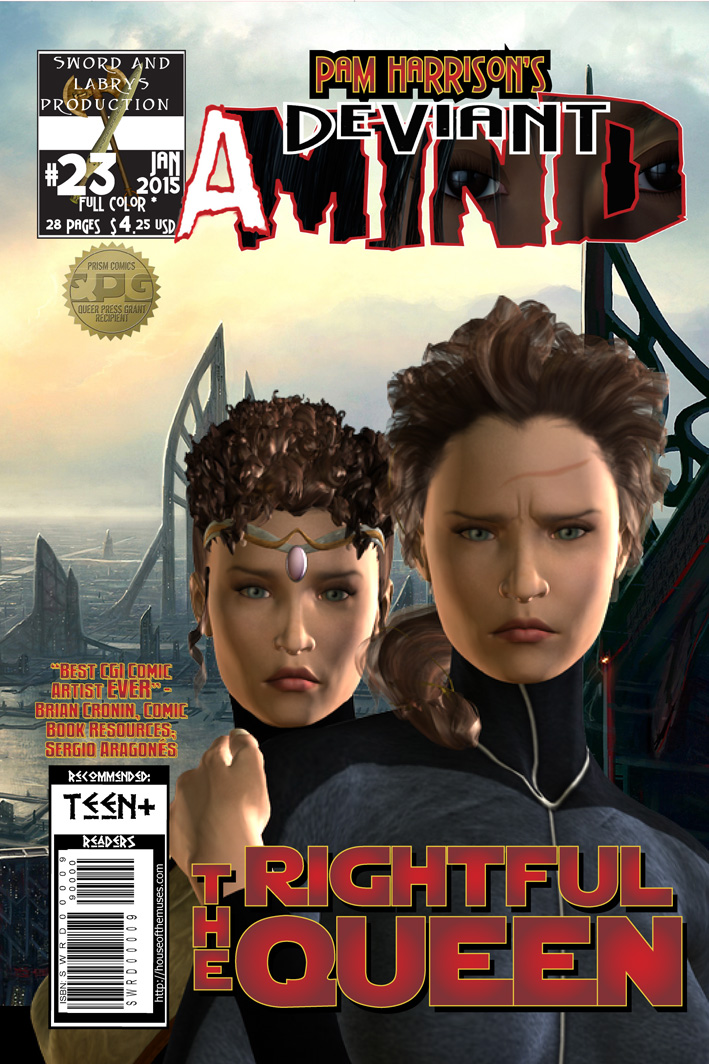


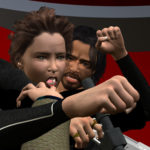



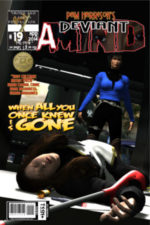
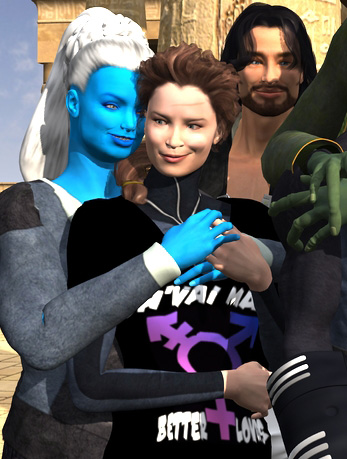
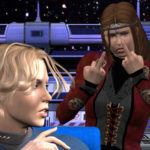
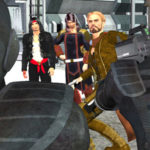
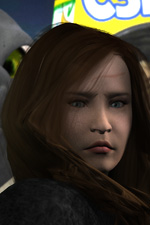
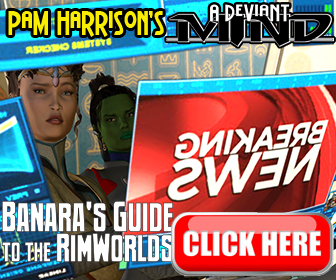

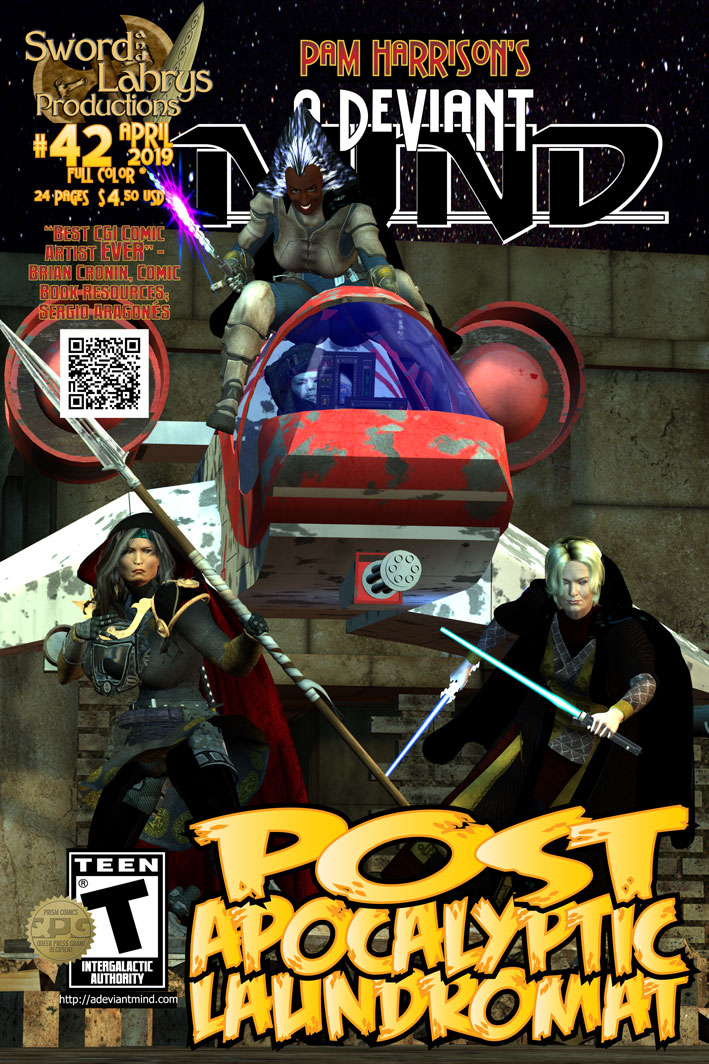
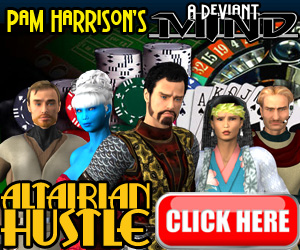




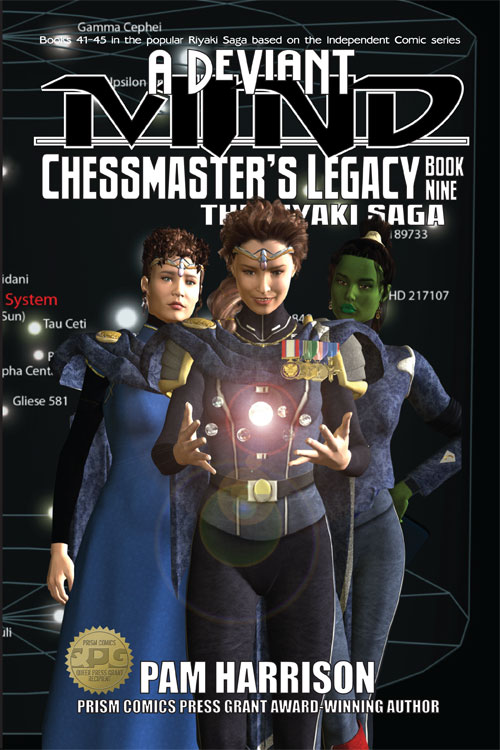










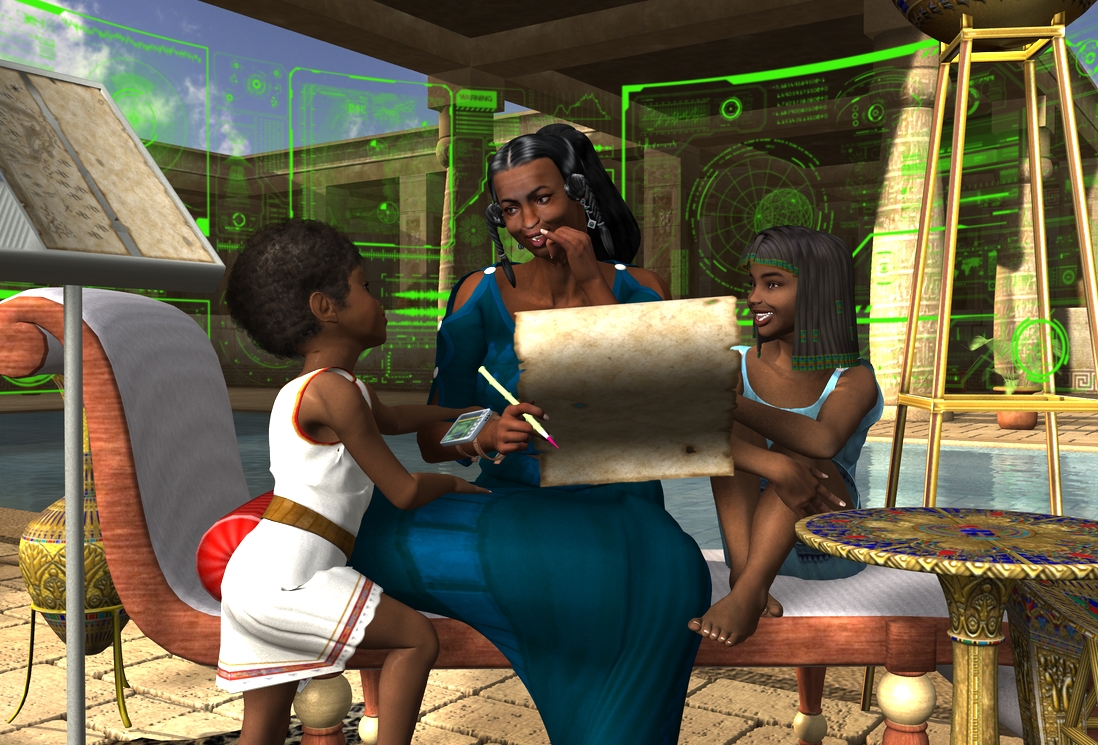


Discussion ¬